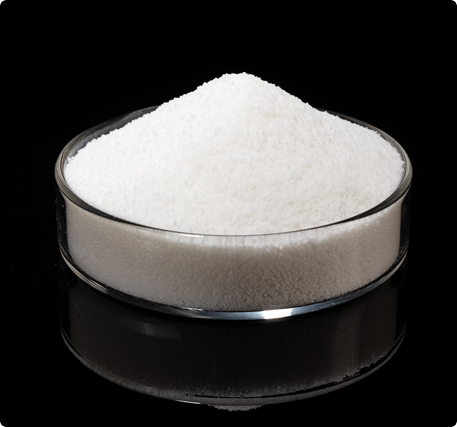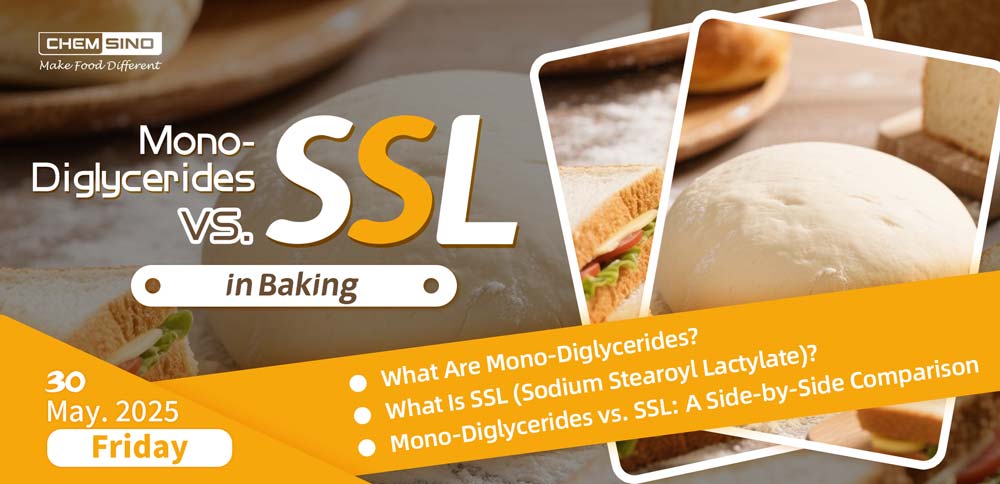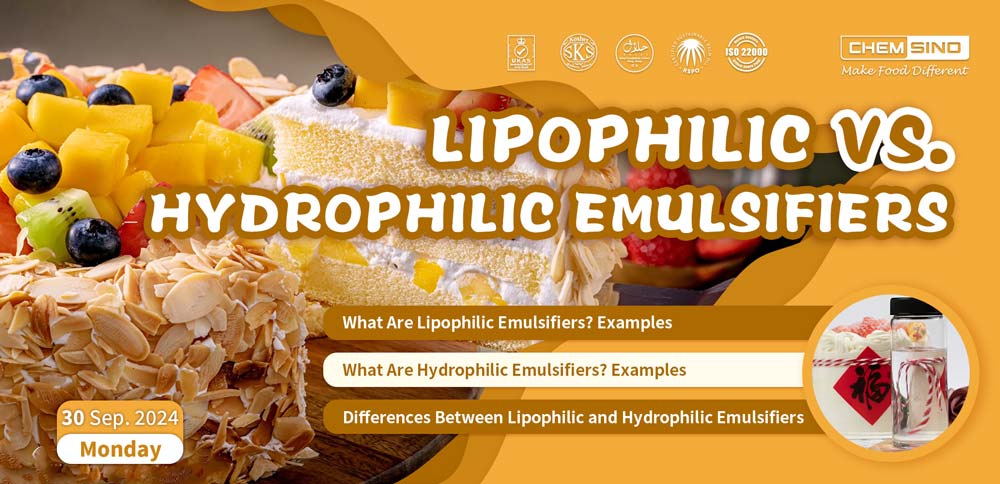- Home
-
Products
Emulsifier List
- Application
- Gallery
- News
- Blog
-
About Us
About Us
- Contact Us





%20for%20frozen%20desserts.jpg)
%20for%20frozen%20mousse.jpg)

 in Ice Cream(1).jpg)

